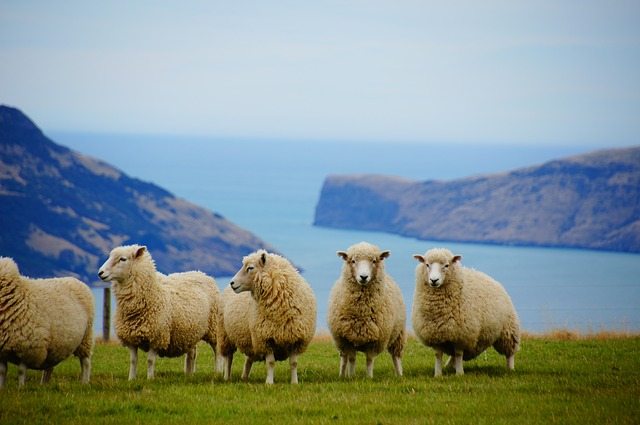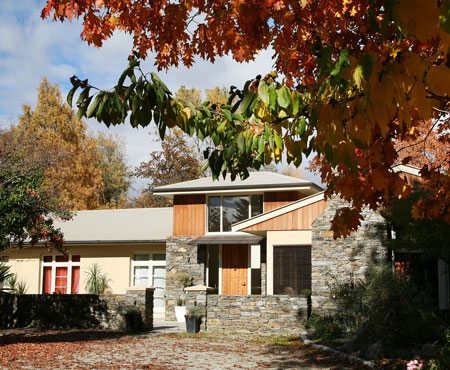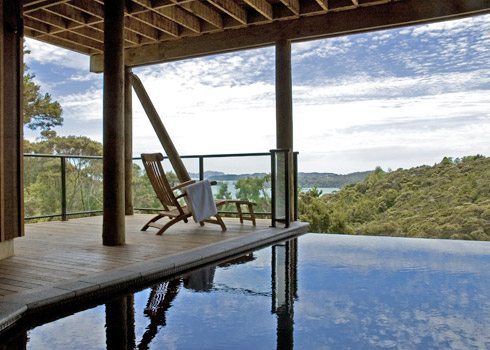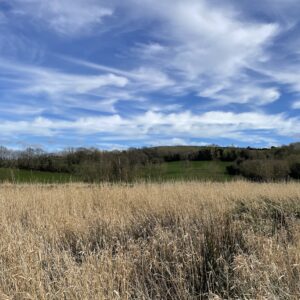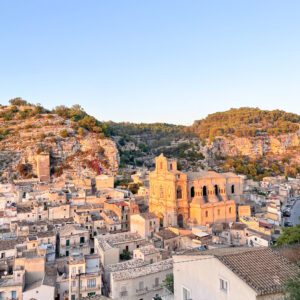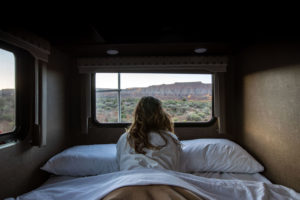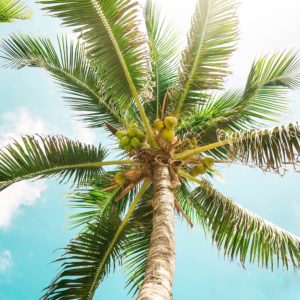This is a Guest Post by Ali Dempsey of Global Basecamps.
New Zealand is known as the one of the best adventure travel destinations in the world. It is truly unique with a vast range of scenery, including snow-capped mountains, glacial lakes, rainforests, rugged coastlines, picturesque beaches, and beautiful wine country. New Zealand is a small country, about the size of Great Britain or Japan, and with a population of only about 4 million it is not crowded, making it rich in natural scenery and wildlife.
When to Visit
There is never really a bad time to visit New Zealand, as it is beautiful year round. The average temperatures range from 68 to 86 °F. The weather can be unpredictable, so be prepared for change. The best time to visit depends on the type of weather you prefer. The warmest time to visit is from September to April, with the hottest months being December, January, and February. You will find a great seasonal difference in the South Island, compared to the North Island. Since the North Island is subtropical, there is a lot of rain, especially in the winter and spring time.
Spring (September – November): Spring is a great time to visit, as the scenery is green and lush. The weather can still be very unpredictable up until mid-October so be prepared for rain. In the South Island, it is common to get late snow in September.
Summer (December – February): Summer is peak tourist season, so accommodations and airfare prices will go up and booking early is necessary to secure your top choices. Temperatures range from 59 to 86+ °F.
Autumn (March-May): Autumn is a great time to visit, as temperatures are still nice. With the Easter holiday and April school break, autumn can be a busy travel time as well. Temperatures range from 50 to 77 °F in autumn and spring.
Winter (June-August): The popular skiing destinations in New Zealand will be quite crowded and expensive. However, the rest of the country won’t be very busy and you may find some great rates. Of course, you will not enjoy ideal weather conditions.
Getting Around
The best way to travel around New Zealand is by car, which allows you to be more flexible in your travels. You can find many affordable rates for renting a car or campervan. Campervans, or RVs, are very popular in New Zealand and are ideal if you are looking to get off-the-beaten-path. The majority of towns will have camps grounds or RV parks, or you can be adventurous and find an isolated beach to spend the night at. Another option for getting around in New Zealand is by bus or tram. Bus travel in New Zealand is quite easy, with buses able to take you to the far ends of both islands. However, bus travel can be expensive and time consuming. For travelers short on time, flying is the best way to see many different areas of the two islands.
Where to Stay
With a focus on preservation and ecotourism, New Zealand offers a variety of exceptional eco-friendly travel options. The country has an abundance of national parks and scenic reserves, as well as a wide variety of eco lodge options. ![]()
![]()
Beaconstone: Westport-Charleston, New Zealand
Beaconstone is an environmental award-winning accommodation for independent travelers and special interest groups and is a member of BBH Hostels. Beaconstone over looks the Paparoa mountains and was built on an area with 52 hectares that includes bush walks, river pools, and an organic garden. The hostel sleeps 10 people with shared facilities and a fully equipped kitchen. There is also a Mountain View Hut, which sleeps 2 people. The lodge is very clean, comfortable, and homey. Beaconstone is solar powered, with many of the lodge windows facing north to pick up sun during the day.
Te Waonui Forest Retreat: Franz Josef Glacier, New Zealand
Explore New Zealand’s pristine wilderness at Te Waonui Forest Retreat. Located on the West Coast of the South Island in Franz Josef, guests have access to the natural beauty of the World Heritage Area, including mountains, glaciers, rivers, lakes, coastline, and native flora and fauna. The lodge emphasizes environmentally safe surroundings, and was constructed with carefully selected building materials. Activities include eco rafting, horse riding, quad bikes, lake tours, kayaking, among many other things.
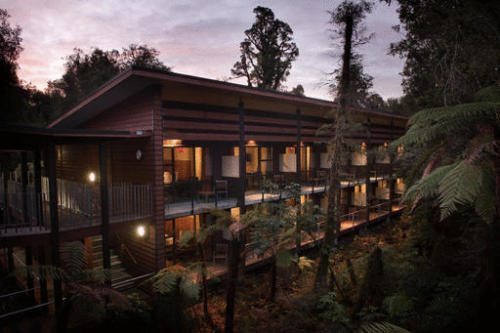

Minaret Lodge: Wanaka, New Zealand
Wanaka is ideal for adventure travelers interested in skiing and snowboarding, walking and hiking, or mountain biking. The luxury lodge is a short walk from the Wanaka town center. The guest rooms were constructed using local timber and materials and each room includes unique furniture, local art, and private ensuite bathrooms and verandahs. The lodge amenities include a spa, sauna, tennis courts, petanque, mountain bikes, a game room, and ski storage.
Bay of Islands Lodge: Port Opua, New Zealand
Bay of Islands Lodge is located above one of the area’s last remaining un-milled coastal rainforest. Every room has incredible views across Veronica Channel to the Russell peninsula and beyond. The two story eco lodge was constructed in 2004, with the upper deck including an open lounge, a kitchen, and dining areas. The ambiance of the lodge is created through the tranquil views and relaxing environment, including 2 wood-burning fireplaces, leather sofas, and Maori weavings and artifacts.
Travel Documents
Australian citizens do not need a visa to visit New Zealand and can stay indefinitely. UK citizens also don’t need a visitor visa and can stay for as long as six months. 56 countries, including the US, have a visa-waiver agreement with New Zealand and therefore don’t need a visa if staying for 3 months of less. Everyone must have a passport valid for at least three months after the date of departure from New Zealand.
-guest post by Global Basecamps
Follow me on Facebook and Tweet me: @BohemianTrails
Sign up for my free BOHO BLAST!
